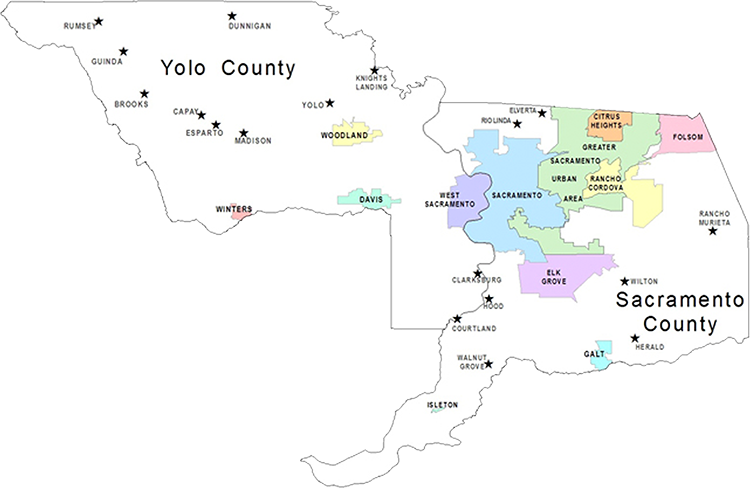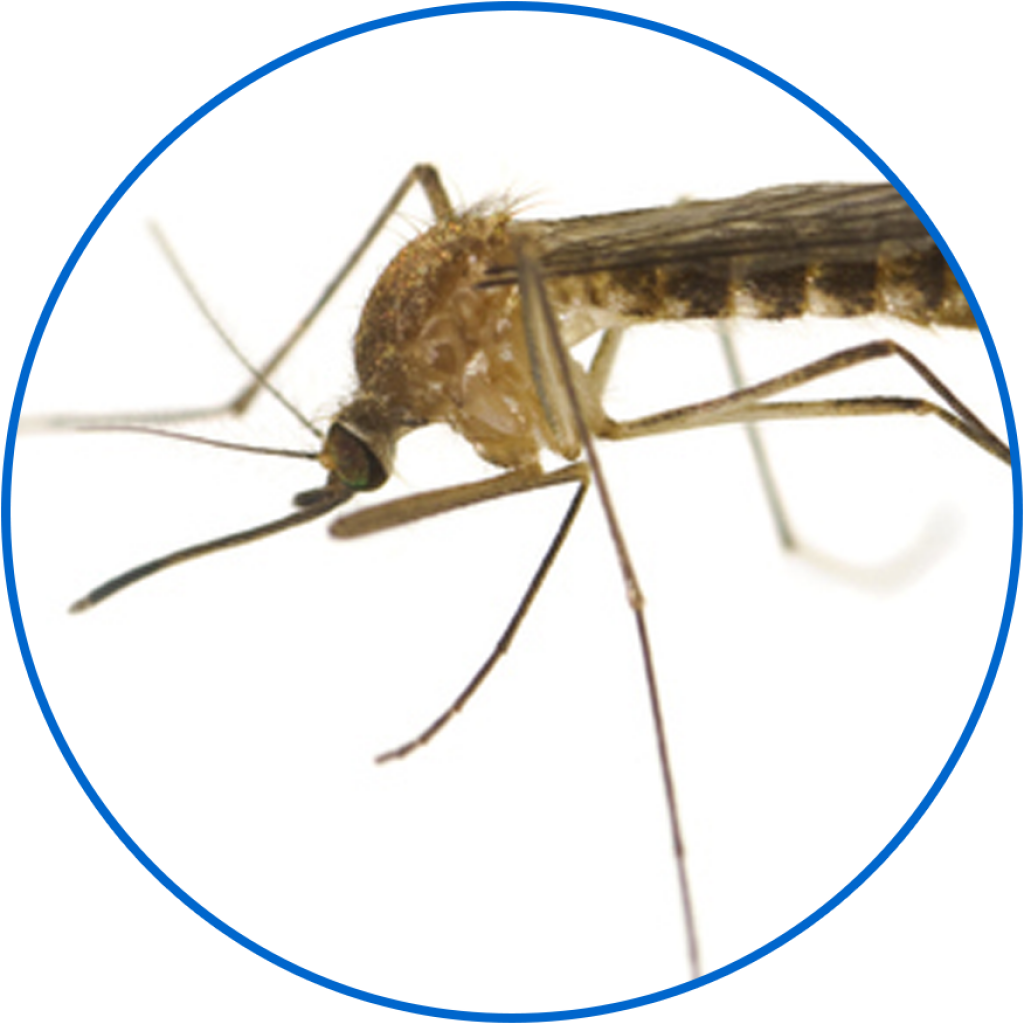DISTRICT HISTORY
In 1915, the California Legislature adopted the “Mosquito Abatement Act” to help protect people from health risks associated with mosquitoes. This provided the basis for creating Mosquito Abatement Districts throughout the state. View our governing laws of the California Health and Safety Code. On June 18, 1946, the Sacramento County-Yolo County Mosquito Abatement District was formed. The driving force behind the formation of the District was the need to protect the public against diseases transmitted by mosquitoes and relief from serious pest nuisance.
In July of 1990, the District Board voted to change the name of the District to the Sacramento-Yolo Mosquito and Vector Control District to better reflect the expanded services regarding ticks, yellow jackets and other vectors.
The District is governed by a Board of Trustees, each representing one of the incorporated cities or one of the counties within the District’s boundaries. Each Trustee is appointed by a City Council Member or by the County Board of Supervisors. Board meetings are held at 10:00am on the third Tuesday of each month in Elk Grove.
MISSION & VISION
Our mission and vision is “To provide safe, effective and economical mosquito and vector control for Sacramento and Yolo counties”. To accomplish this, we provide ongoing surveillance of mosquitoes and other vectors to determine the threat of disease transmission and lower annoyance levels. As a District we promote cooperation and communication with property owners, residents, social and political groups as well as other governmental agencies to help in these efforts.
Our ultimate goal is to protect public health and welfare from diseases transmitted by mosquitoes such as West Nile virus, Western Equine Encephalitis, canine heartworm, malaria and others.
DISTRICT SERVICE MAP
The Sacramento-Yolo Mosquito and Vector Control District provides year-round mosquito and vector control services to Sacramento and Yolo counties. The two counties combined comprise 2,013 square miles of urban, commercial and agricultural land. The District is divided into 26 geographical zones, with state-certified technicians responsible for all aspects of mosquito and vector control in each zone, from surveillance to treatment.



